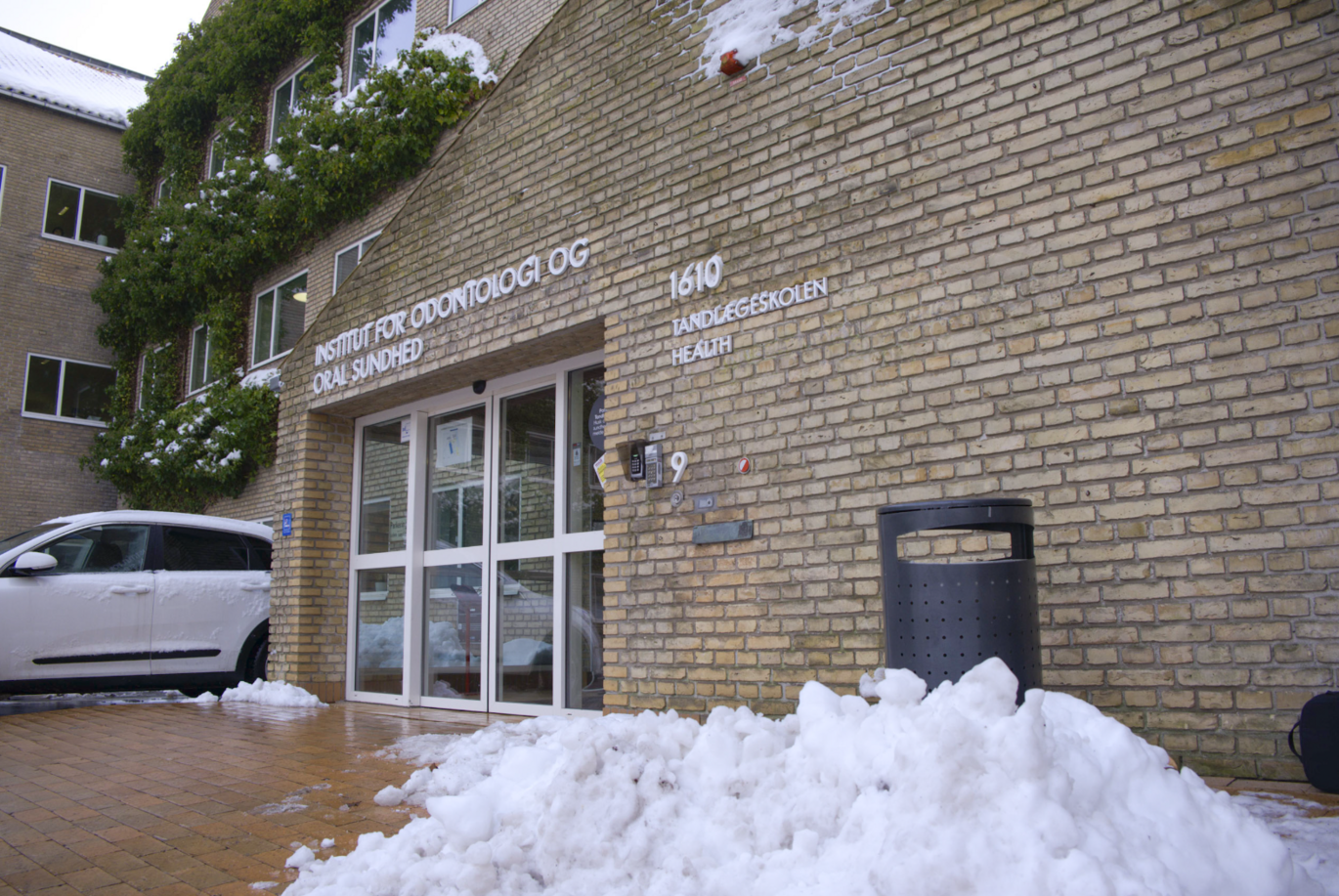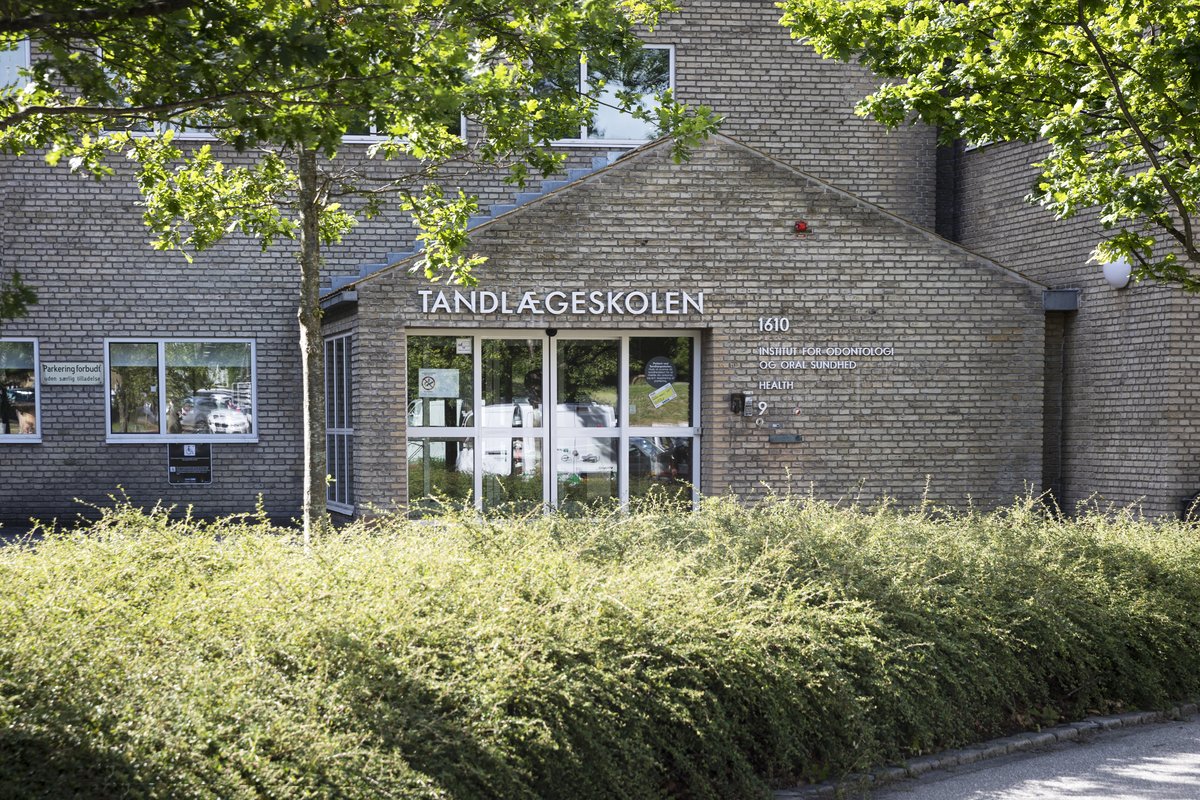Former AU employee sentenced for disposing of human head in waste bin
A now former employee of the Aarhus School of Dentistry at Aarhus University has been convicted of corpse desecration and given a seven-day suspended prison sentence for disposing of half a human head from the school’s anatomical collection in a public waste bin.

Updated on 12 January to clarify that the department cannot provide any details about how the human material was discovered because this information relates to a private staff matter.
When a now former employee at the Aarhus School of Dentistry at Aarhus University needed to dispose of half a human head from the school’s anatomical collection, he chose to put it in a public waste bin on Vennelyst Boulevard, just in front of the school.
This information has come to light after a man pleaded guilty to the crime at Aarhus Court on 8 January and was handed a seven-day suspended prison sentence. He admitted the offence without reservation, according to the court transcript.
He was convicted of corpse desecration under section 139(1) of the Danish Criminal Code. This offence is punishable with up to six months in jail.
“The court has balanced the nature of the offence committed, including the respect that should be paid to bodies that have been donated to science, against the personal circumstances of the defendant,” it states in the court’s ruling.
The man, who is no longer employed at AU and who is close to retirement age, threw out the head on 1 September 2022. The head was packed in an acrylic box and wrapped in a black bag when he put it in the general waste container. As soon as the department learned about the incident, they reported him to the police, explains Siri Beier Jensen, who is head of department at the Department of Dentistry and Oral Health.
“When we hear about cases of this severity, we need to take action. And this was a case we took very seriously,” says Siri Beier Jensen.
HEAD OF DEPARTMENT: EVERYONE WHO NEEDS TO DISPOSE OF HUMAN MATERIAL KNOWS THE RULES
According to the Danish newspaper Århus Stiftstidende, which was present at the hearing, the defendant claimed he had not been given guidelines on how to dispose of the human material. He had previously disposed of a torso and a head, and on these occasions he had contacted an undertaker, who had organised a cremation. But, according to the newspaper, in this case, he considered that hiring an undertaker was unnecessary.
Siri Beier Jensen denies that there can be any doubt about the guidelines. Including in this case.
“We have clear guidelines for how to treat and dispose of human material. It must be collected by an undertaker and taken to a crematorium. Everyone who needs to dispose of human material knows these rules. And I would like to stress that we always handle this process with dignity and respect. We are very conscious of this,” says Siri Beier Jensen.
“There’s not a lot I can say in this particular case because it relates to a staff matter. I can only say that everyone who needs to dispose of human material knows the guidelines and procedures. The guidelines are very clear,” she says.
The department has another version of events than the defendant, explains Siri Beier Jensen, but she is unable to provide any more details about this.
“We have given a statement to the police.”
She emphasises that this is an “isolated and unfortunate incident”.
Siri Beier Jensen cannot disclose how the human material was discovered, because this relates to a private staff matter.
HUMAN MATERIAL IS AN IMPORTANT TEACHING TOOL
The half head was part of the Anatomical Museum, which is used by odontology students to get a detailed and three-dimensional understanding of human anatomy.
Some people choose to donate parts of their body – also known as human material – to science, and being able to study this material is an essential part of a dentist’s education, explains Siri Beier Jensen, who emphasises that odontology students value this opportunity.
“Our collection of human material benefits all the students, because it provides them with a very detailed and three-dimensional understanding of anatomy and the variation in human anatomy.”
“They need to know about this, because they need to understand how disease occurs in different tissues. We train them to do surgery, for example, so they need to know exactly where the nerves and muscles are located and how these locations can vary from person to person. After all, we’re dealing with biology and nature, which can vary. The anatomical collection is an important learning tool because it’s the best way to learn: to see the real variation in the human body,” says Siri Beier Jensen.
The human material is preserved in fluid within a glass case, and it is locked in a cabinet. The students are able to look at it but may not touch it. Most of the material in the collection is over 50 years old.
In the rare case that the university needs to get rid of part of the collection, it is often because the specimen has decayed, explains Siri Beier Jensen.
“Sometimes the fragile specimens simply cannot last any longer. After all, there are limits to how long they can be preserved. When this happens, the material needs to be disposed of – in a dignified way,” she says.
Translated by Sarah Louise Jennings.


